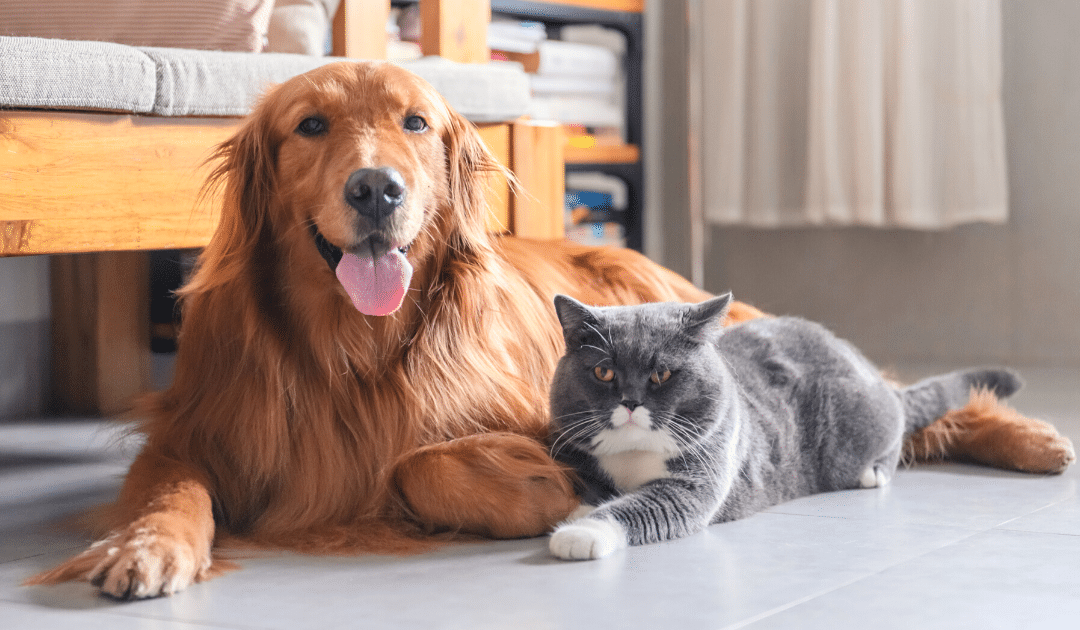
by California Casualty | Homeowners Insurance Info |
Like our real children, there isn’t much we wouldn’t do for our fur babies. They give us so much love, and they trust us to keep them fed, sheltered, and safe. But did you know, you might be putting them in danger without even knowing it?
Some common household items can be toxic to pets. Here’s what you need to know to pet-proof your home.
In the Kitchen
Many of the foods we enjoy are not good for our pets. In fact, these foods can make them very ill. The things we throw into our trash are potential hazards, too.
Foods to avoid include coffee grounds, tea, chocolate, avocado, unbaked dough, grapes/raisins, salt, macadamia nuts, onions, garlic, and anything with the artificial sweetener xylitol. Also, avoid alcohol. For a more detailed list, click here.
Watch out for choking hazards. Fruit pits are common hazards. Plastic bags can choke or suffocate your fur baby. Rubber bands and string can also be problematic.
Never give your dog cooked bones, such as from your family dinner. Cooked bones are brittle and can splinter in a pet’s mouth. Raw bones generally are safer. Avoid any bone that your dog could easily swallow whole. Also, stay away from pork bones which easily crack, and rib bones that can get stuck in your fur baby’s throat.
Steps to take:
-
- Keep a list of harmful foods in your kitchen for easy reference.
- Check ingredients before you give human food to your pet.
- Supervise your pet whenever he/she is eating.
- Secure your kitchen garbage so that pets cannot access it. Put it behind a closed cabinet door or buy locks for your trash cans.
In the Bathroom
From the medicine cabinet to the shower, bathrooms are filled with hazards for our furry friends. Remember that cats can jump up to high places, so store your hazardous items accordingly.
Medicines that are especially dangerous to our fur babies include non-steroidal anti-inflammatory drugs such as aspirin, ibuprofen, and naproxen. Acetaminophen is also poisonous. So are cold medicines, antihistamines, antidepressants, and prescription drugs.
Soaps and toothpaste can cause stomach upset if ingested. Commercial cleaning products, if stored in your bathroom, are a danger. Pets also like to drink from the toilet. If you’ve added a toilet cleaner to the water, that could make them sick.
Steps to take:
-
- Store any hazardous materials behind closed cabinets and out of reach.
- Use soap pumps rather than bars of soap.
- Keep the toilet lid closed.
- You can make your own natural cleaning solution of baking soda and vinegar. Mix one-part baking soda to two-parts vinegar (e.g. ¼ cup baking soda and ½ cup vinegar). Pour the mixture into a spray bottle.
In the Living Room or Den
We spend a lot of time relaxing in our living rooms and dens, and don’t give a second thought to the items around us that could be dangerous. From plants to electric cords, there are plenty of hazards.
Plants are a top hazard, as many can be poisonous to pets if eaten. These include lilies, foxgloves, azaleas, rhododendrons, tulips, chrysanthemums, rhubarb leaves, shamrocks, fungi, autumn crocuses, aloe vera, and poinsettias. For a more detailed list, click here.
Scented potpourri and tobacco products also are toxic to pets. Surprisingly, pennies minted after 1982 are as well, as they contain zinc.
Keep your fur babies away from small items like buttons and jewelry which may be swallowed. Be extra careful around objects with open flames like candles and fireplaces. Teething puppies and curious kittens may go for electric cords, too.
Steps to take:
-
- Remove any toxic plants.
- Do a quick check daily for small items and other hazards.
- Choose flameless candles to prevent pet burns. Secure your fireplace with a mesh screen to keep pets away.
- Use furniture to block access to electric cords, or purchase pet-friendly cord protectors. You can also try an anti-chew spray available at most pet stores, or make your own from two parts apple cider vinegar to one-part white vinegar.
In the Bedroom
Bedrooms contain some of the same hazards mentioned earlier, but in addition, often have windows and sometimes balconies. Even though your cat may climb to the highest spot in your home, and jump down seemingly without effort, it is dangerous to let your cat near an open window or on the balcony. Falls from that height can severely injure and even kill them.
People also sometimes store their winter wool clothes in mothballs. They contain a high concentration of insect repellant and can be toxic if ingested. Even the fumes can affect your pets.
Steps to take:
-
- Keep your windows closed when possible and definitely if you are not around to supervise your pet.
- If you open a window, see if you can do so from the top only. Make sure the window screen is secure, and cannot be pushed out easily.
- Do not allow cats on balconies or to sun themselves on the window sill of an open window. If startled, the cat could lose his/her balance.
- Do not store your clothes in mothballs, or if you do, keep them up in an attic or a place that is inaccessible to pets.
In the Laundry Room
Those fabric softener sheets that you toss into the dryer to reduce static cling are a danger to your fur baby. They are infused with chemicals that can make them sick. Commercial laundry soap is also toxic. Those pods that attract kids also interest pets. Finally, washers and dryers are favorite hiding places for kitties.
Steps to take:
-
- Choose brands of detergent and fabric softener sheets that use plant-based ingredients and are safe for pets. Avoid pods.
- Store all supplies behind a cabinet and/or out of reach of curious pets.
- Always check your washer and dryer before you use it.
- If you have a door to the laundry room, close it so that pets don’t get in while you’re not there.
In the Garage
We store a lot in our garage, and many of the items are not good for pets. These include antifreeze, alkaline batteries, herbicides, insecticides, wood glue and adhesives, and paint. In addition, warm cars are favorite places for cats to nap on a cold winter’s night.
Steps to take:
-
- Store any chemicals and hazardous materials out of reach of your pet.
- When possible, purchase pet-safe alternatives such as de-icing salt that won’t harm their paws.
- Check for animals in and around your car before you drive it. Give the hood of your car a couple of hard knocks or honk your horn before you start your engine.
- Never keep your pet in the garage, even safely in a crate. Garages have dangerous temperatures (low and high) as well as fumes and other hazards that could affect their health.
Finally, hazards also appear during the holidays. Check out these articles for Christmas and winter holiday safety, Halloween safety, and fireworks safety for your fur babies.
If you suspect your pet came in contact with a household danger, call your vet immediately. You may also reach the ASPCA Animal Poison Control Center at 1-888-426-4435.
And for more tips on how to be a responsible pet owner, click here.
This article is furnished by California Casualty, providing auto and home insurance to educators, law enforcement officers, firefighters, and nurses. Get a quote at 1.866.704.8614 or www.calcas.com.
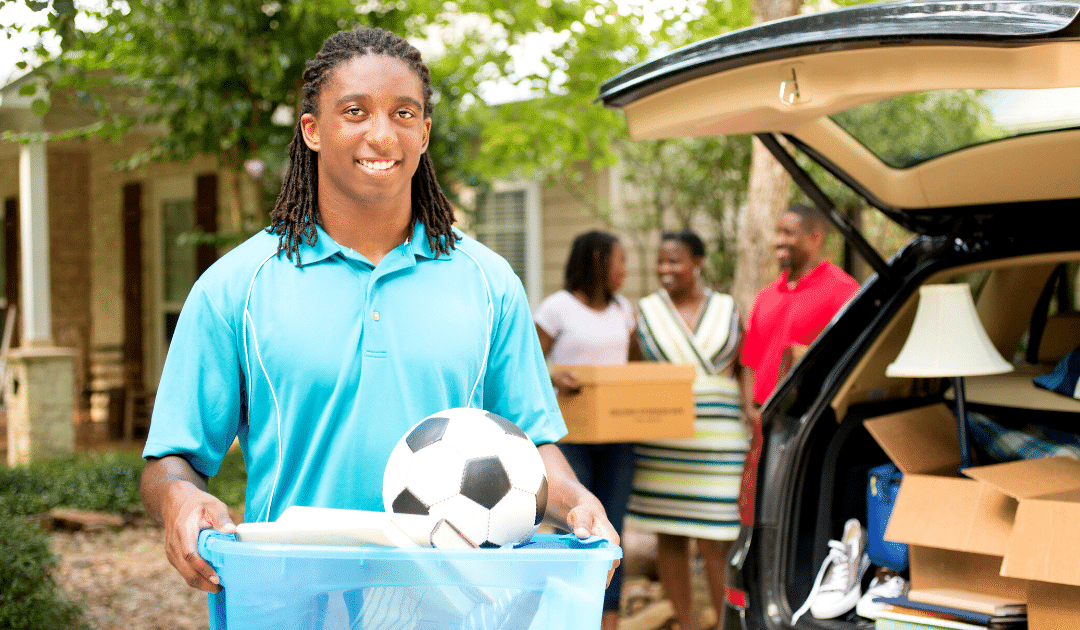
by California Casualty | Auto Insurance Info, Homeowners Insurance Info |
Your student is headed to college out-of-state – or across the state. It’s a milestone, and you’re helping them set up all of the necessary items associated with that big move, furniture, textbooks, food, cleaning supplies, etc.
In the midst of all of your preparation, don’t forget one of the most important items – insurance. Whether they stay on your policy or decide to get one of their own, you want to make sure your son or daughter is fully covered in terms of car and home/renters insurance.
Auto Insurance
Here are some common auto insurance questions for parents of college students.
My student won’t have a car away at school; do I still need to keep them insured?
Some students drive thousands of miles away so they can have their car with them, but others would rather keep their cars at home, and opt for flying in and using public transportation when they arrive. To avoid overcrowding, some schools even set limits on who can have cars on campus.
If your son or daughter will not have a car at college, you should still keep your student on your auto policy. This will avoid a lapse in coverage, and he/she may need to drive in an emergency and also will be coming home for breaks. (If your child has a car that will be kept at home and not driven while he/she is at school, ask your insurance company whether you qualify for a discounted rate.)
Do I need to change my insurance coverage to the state where the college is located?
Since college is not considered a permanent address, your student can keep his state driver’s license and the car may be registered and insured in your home state. However, you will want to check the insurance requirements where your student is attending college—and make sure that your state’s policy meets their minimum standards in the event of an accident. Either way, make sure that you notify the insurance company that the car will be kept in a different state so that they may update their records.
Should my student get his/her own auto policy?
As long as your son or daughter is still living with you, and you own the car he/she is driving, there is no need to get them their own car insurance, unless you would like to. There also is no specific age where you have to make that transition. A common time to switch to their own policy is when young adults move from the family home to their own first apartment.
If your student is living off-campus, and maintaining that address year-round, you may consider a separate auto policy.
Are there any discounts that we qualify for?
Your student may qualify for a good student driver discount, available from many insurance companies with proof of grades. Ask your insurance agent for other discounts that may be available.
Don’t forget! If your student is enrolled in school full time, was a resident of your household before moving out to attend school, and is a relative 24 years or younger or 21 or younger and in your care, your California Casualty homeowner’s policy offers the personal property protection they need as well.
Whether your child stays in a dorm on campus or resides in a leased residence off-campus, 10% of your homeowner’s personal property coverage (coverage c) extends to their possessions while they are away. If you believe they need more than that 10% coverage – for expensive musical instruments or computer equipment – then consider adding a scheduled personal property endorsement to your policy. With computers, tablets, smartphones, gaming systems, furniture and clothes, you would be spending thousands of dollars to replace your student’s possessions without this layer of protection.
You can’t be with them at college, but you can still protect them—with the right insurance.
This article is furnished by California Casualty, providing auto and home insurance to educators, law enforcement officers, firefighters, and nurses. Get a quote at 1.866.704.8614 or www.calcas.com.
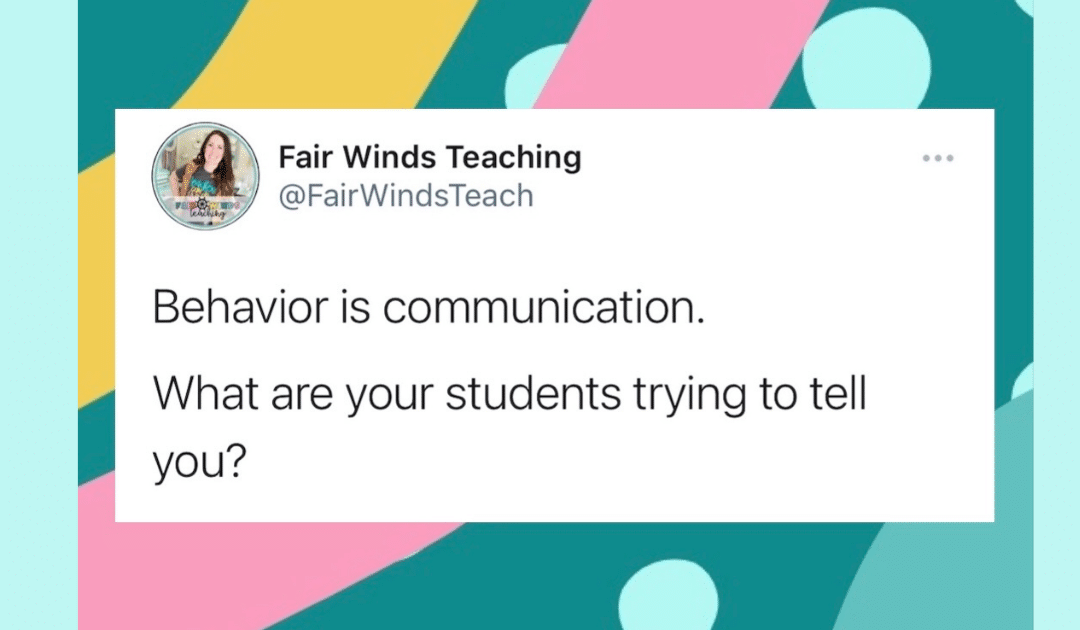
by California Casualty | Educators |
Written by Casey Keyser, MSEA Third Grade Teacher
The teacher world loves to have new “buzz words” as the educational pendulum swings from side to side. I know that a lot of people have heard the term social and emotional learning and/or SEL in the last couple of years. But this is not a new concept, it’s just now becoming more of a widely known term.
Thankfully, this has made educators, administrators, families, and the community more aware of the need our students have to be more mentally fit when it comes to learning about emotions and how to deal with social situations.
When you starting as a new teacher or if you are new to teaching SEL, remember that building relationships in the classroom are key! You must first teach a child they are loved before they can be ready to learn everything else. If a child knows they belong, they will be more receptive to learning academics, social skills, emotional regulation and everything you teach them.
What is something you do to build relationships with your students? The beginning of school is right around the corner, some closer than others, so this is a great time to start building classroom community and those connections with your students and families!
Before your students even step foot into your classroom, you have an opportunity to set up a warm and welcoming space for your students to learn in. The classroom environment is a great way to let your students know they belong in your classroom and it’s important they have the tools needed to help identify their emotions and how to regulate them when situations arise. I love these emotions posters from @creativeschooldaze are a great resource to hang up around your room and to use in a calming/peace corner.
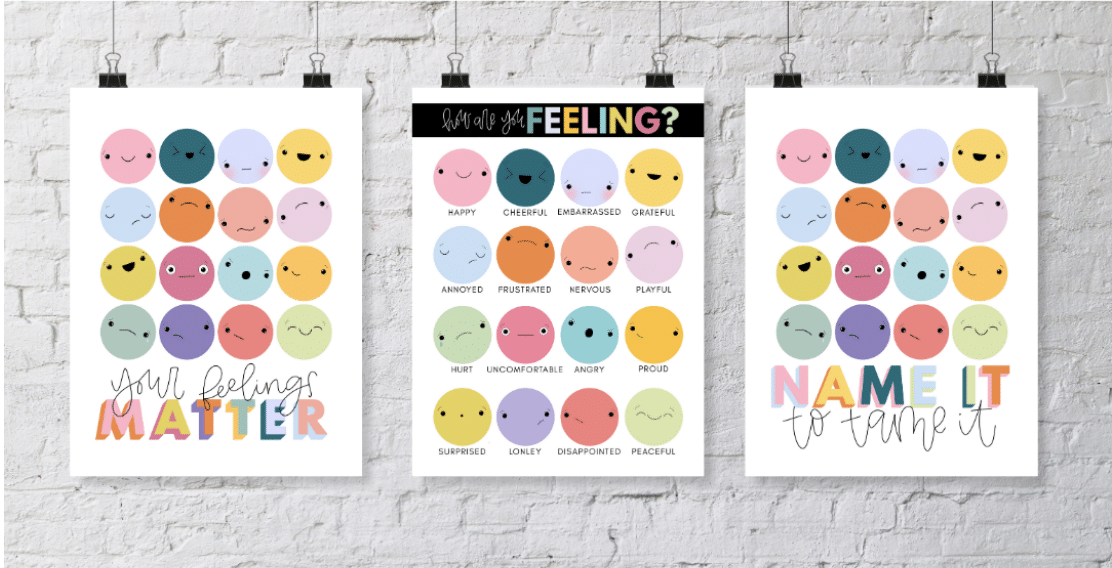
When a student does show their emotions in school, it’s very important to be able to recognize and celebrate them (even the difficult emotions). We all have them and it’s important to teach them that every emotion is okay to have, but it is the way you react to those emotions that really matter.
It is vital for all teachers to know that a child’s behavior is a form of communication. They might not have the vocabulary yet to express how they are feeling and a child may sometimes use unwanted behaviors to show you because they don’t know any other way. Behavior is communication. What are your students trying to tell you that you might be missing?
Make sure you are never asking a child at that moment, “What’s wrong?” Instead tell them, “I can see that you are upset and I want you to know that I am here for you when you are ready to talk.” This is the perfect time to ask them if they would like to visit the calming corner in your classroom.
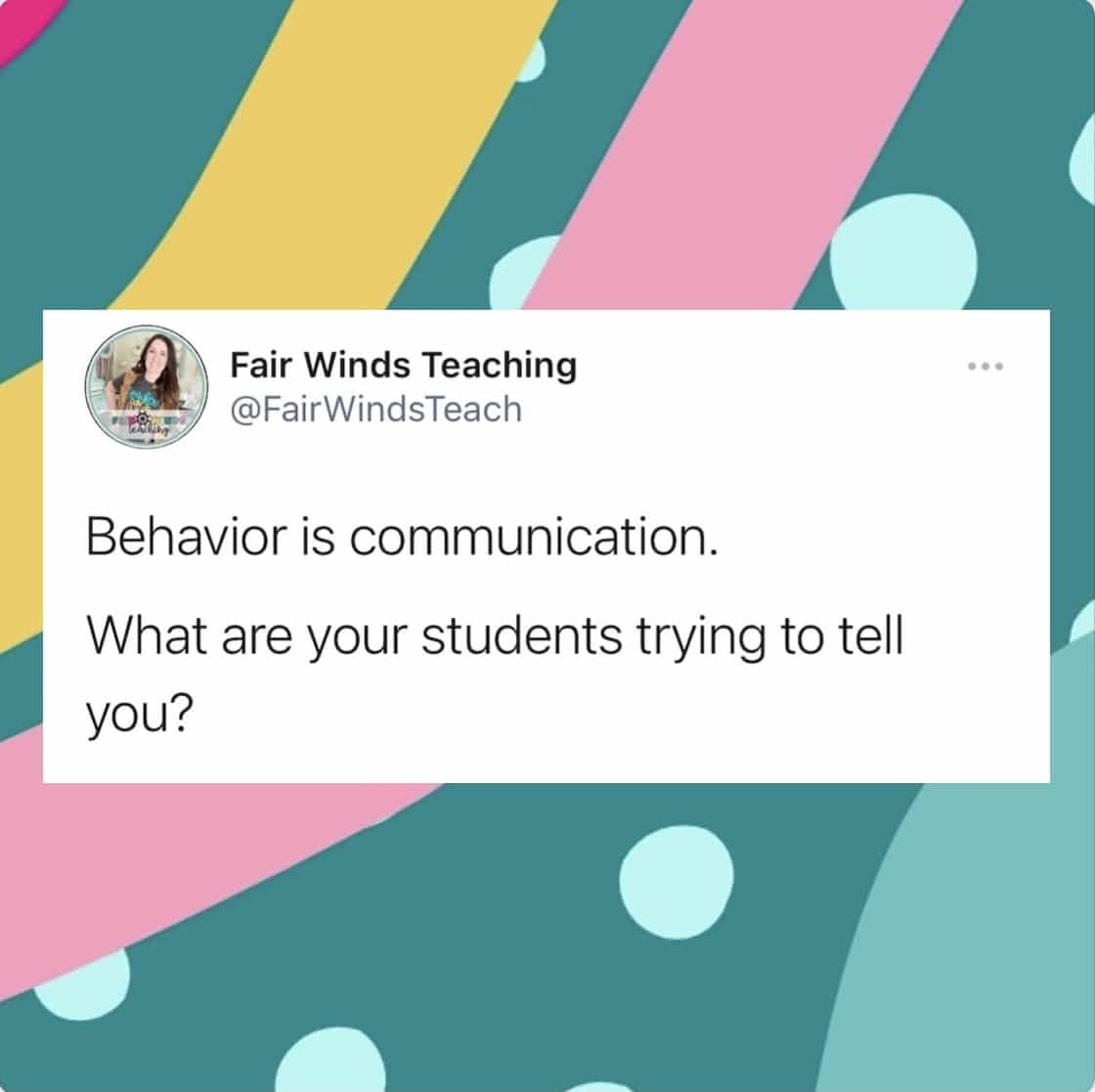
Ways to promote a safe and welcoming classroom
Check-in with each and EVERY one of your students every day. Use their name. Greeting them when they walk through the door is a positive way to start off their school day. I like to have a “Morning Greeting” poster with each of my students to use during the morning meeting. They simply choose the greeting they would like as we walk around in a class circle and say, “Good Morning, __(name)___!” Here are some of the options I give:
-
- High five
- Secret Handshake
- Chicken Wing
- Dance move
- Fist bump
- Smile
- Wave
- Hug
Next up, I like to start my day with a restorative circle or morning meeting. The games or activities that I enjoy doing best to start the day off right are things that will wake up my student’s brains and get them talking with each other to build those relationships.
A must-have in every classroom is a place a student can go if they need a minute to be with their thoughts or time to process an emotion. This is NOT a timeout area. This is not somewhere you send kids if they aren’t displaying appropriate school behavior, this space should be a respected space in the classroom that is available when a child needs it.
Setting up a Calming Corner is easy and fun to create. Pick a spot around your classroom that has a little nook or space that is safe. I use it under my countertop, it is private up still open for me to be able to see the student. I found a couple of pillows and a soft blanket to lay on the ground. I bought a lap desk to hold all of the materials a student can use for their time there. Lastly, I place our breathing strategies and emotions posters on the wall next to the corner. This way they can refer to them while visiting the area. I will list the items I put in my calming center and you can find a longer list of links here as well.
-
- Lap desk
- Pillows
- Calming ocean scene posters
- Blanket
- Fidgets
- Calming timer light
- 5-minute sand timer
- Digital timer
- Playdoh
- Bubbles
- Coloring books & crayons
- Sensory bin items (sandpaper, fabric, cotton balls, etc.)
- Legos
- Squishy plush toys
- Seguin sliders
- Calming music on an old iPod & headphones
- Lava lamp bottles for shaking up and watching
I also make student bags to send home with each child so they can set up a corner in their own bedroom or home. I call it the “On the Go: Peaceful Practices” It is a little bag full of the same type of items. This year I am sending home a coloring book, crayons, playdoh minis, bubbles and a bubble breathing poster to hang on their wall. The students really love setting up their own spot in their houses and come back to school the next day and tell me all about it. I want them to use the same practices we use here in their real-life settings as well. If you would like this FREEBIE printable of the Peaceful Practice gift bag sign and one bubble breathing poster, check it out here. Be on the lookout for the Peaceful Practice Bundle coming soon!
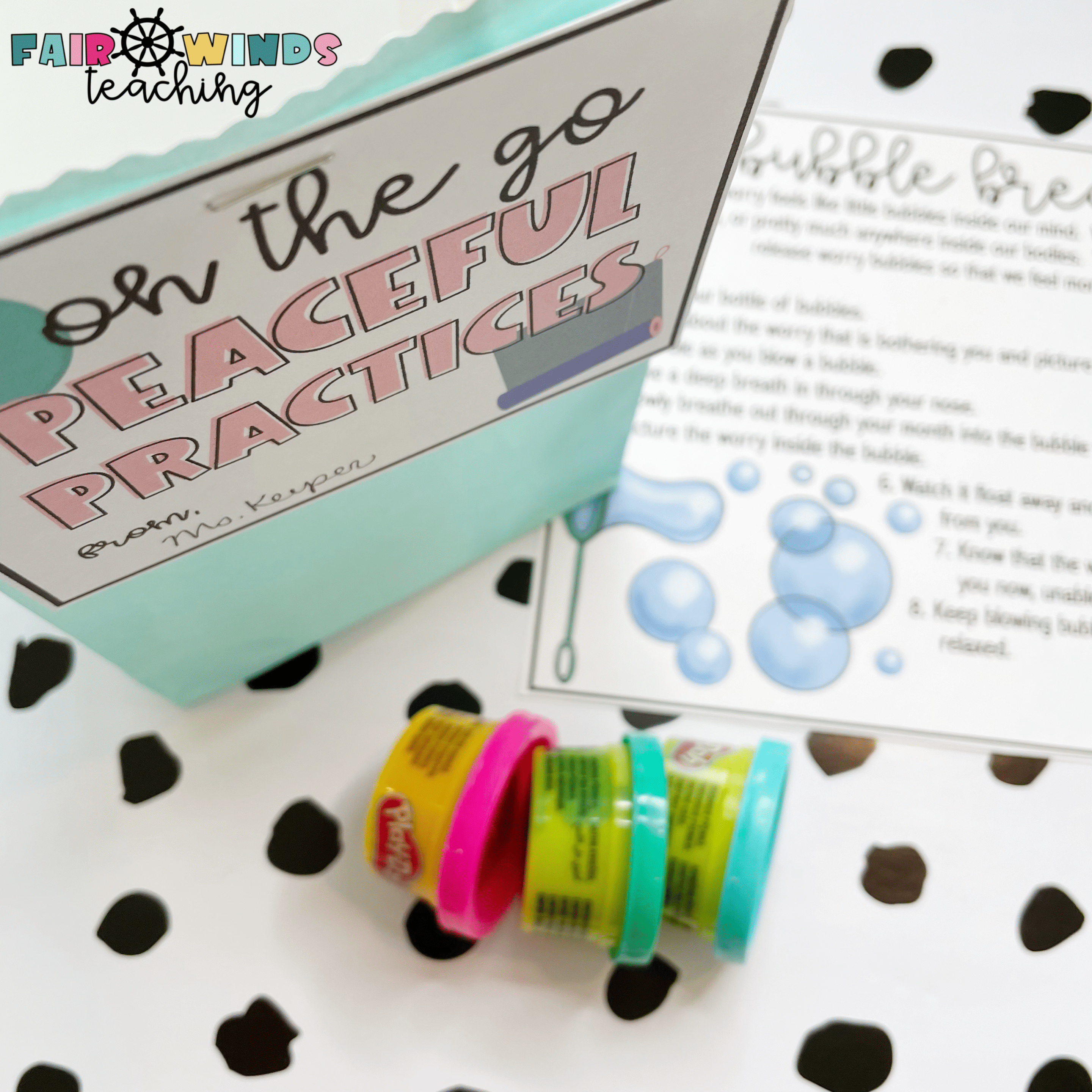
Another great FREE resource to use is printing your own Zen doodling sheets for students to do when they need a moment to themselves or after they finish their classroom or an assessment.
Always remember… the best thing you can do for your student is to show up for them each and every day.
Lastly, I always want to share with you the love I have for books. I read my class a read-aloud each day of the school year and a lot of time I introduce SEL books. Here are eight of my favorites and you can find them on these linked lists!
Great Eight SEL Books to check out!
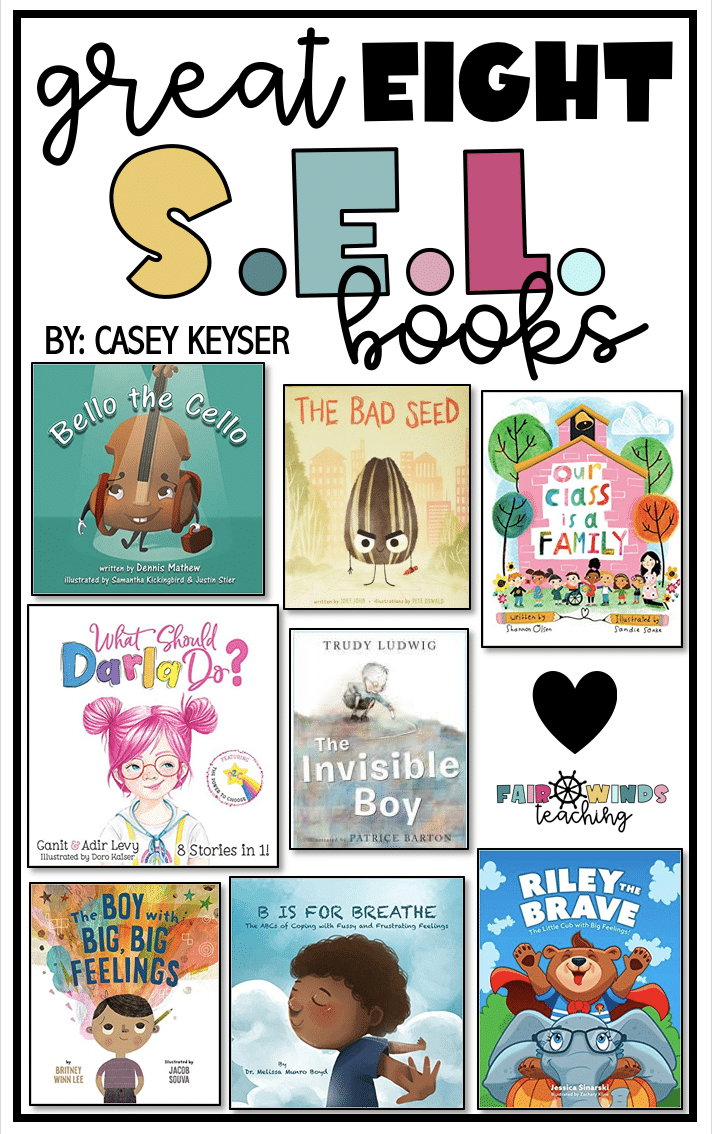
Bello the Cello By: Dennis Matthew
The Bad Seed By: Jory John
Our Class is a Family By: Shannon Olsen
What Should Darla Do? By: Adir Levy and Ganit Levy – These amazing authors also shared this amazing FREE resource with me to share with you all! Check it out here!
The Invisible Boy By: Trudy Ludwig
The Boy with the Big Big Feelings By: Britney Winn Lee
B is for Breathe By: Melissa Munro Boyd
Riley the Brave By: Jessica Sinarski

Casey Keyser is a third-grade teacher at Butterfly Ridge Elementary in Frederick County, Maryland. She was recently recognized as the national winner of the NEA Foundation’s 2021 Teaching in Excellence Award. Casey is the proud owner of the Education Resource Blog, Fair Winds Teaching, and loves to connect with her education community through her TeacherPayTeacher’s business.
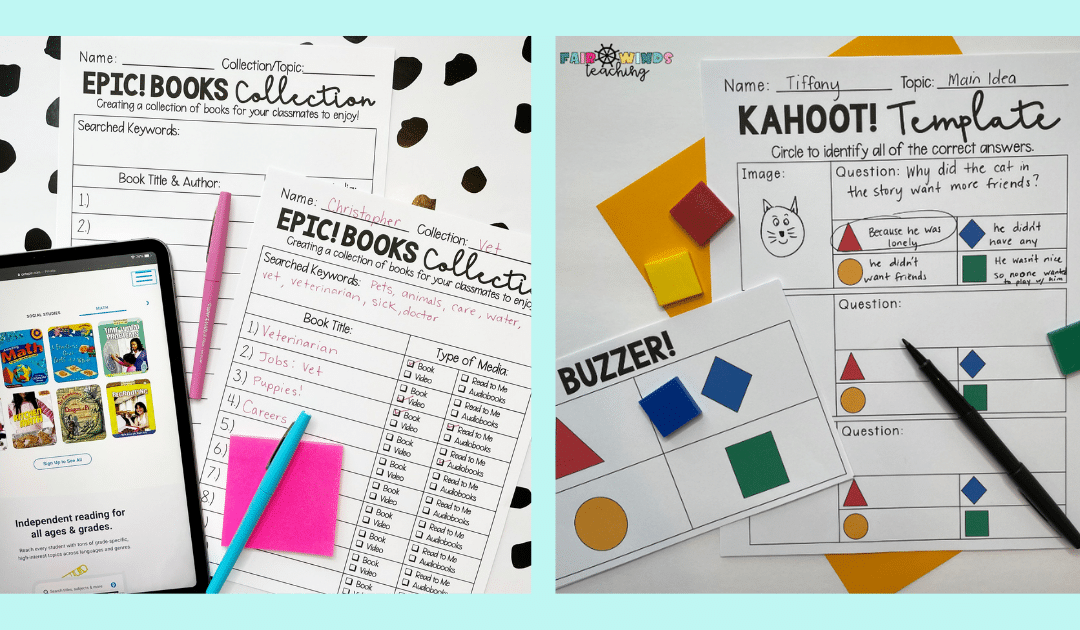
by California Casualty | Educators |
Written by Casey Keyser, MSEA Third Grade Teacher
Let’s chat about technology! Integrating technology into the classroom is my passion. It is an amazing way to engage your students in the content and to complete activities you wouldn’t have the means to do otherwise.
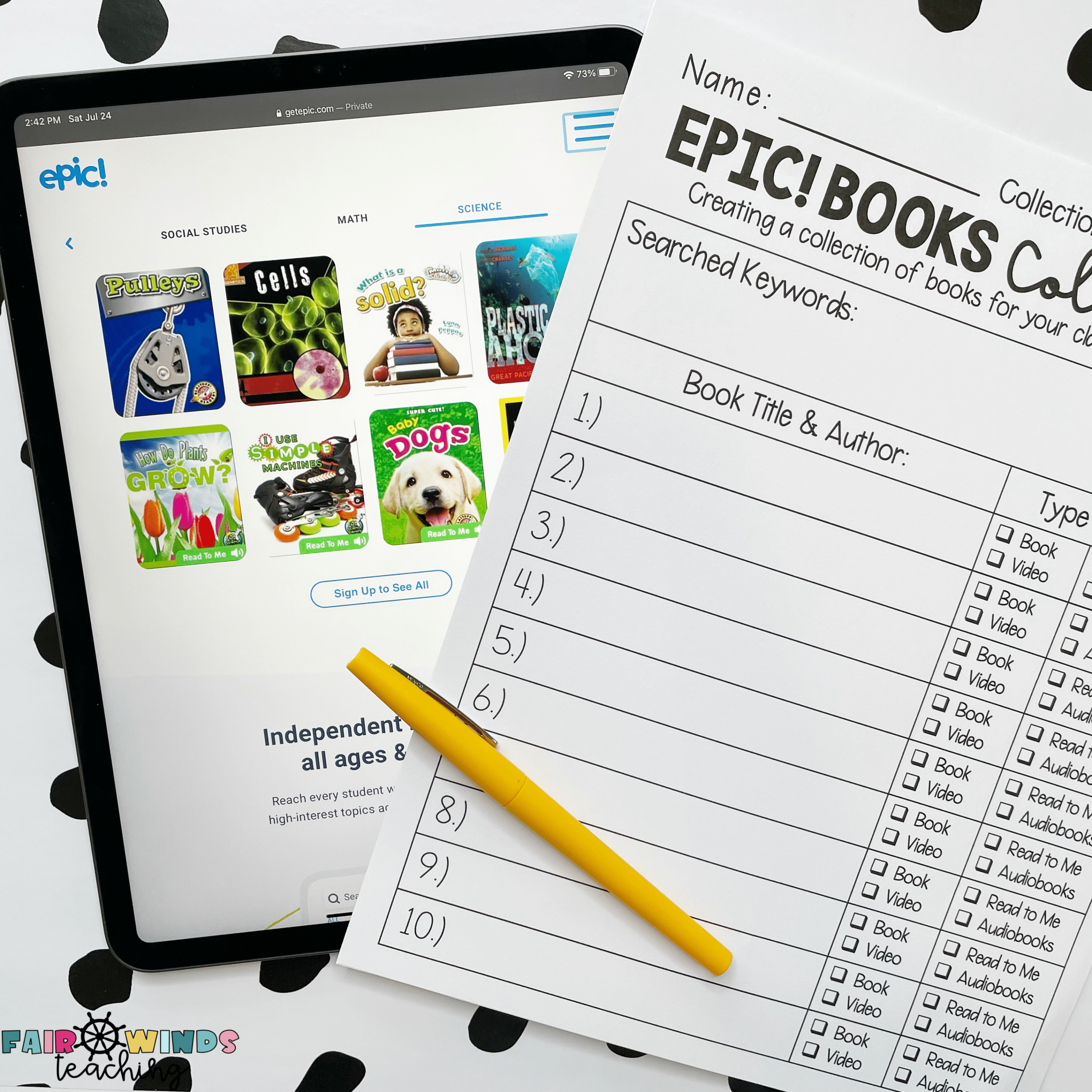
My first pro-tip about tech in the classroom is this… DO NOT use technology just for the sake of using technology.. I will also never advocate for technology to be used 24/7. Technology needs to be purposeful and planned to help build the lesson up, not be the center of the lesson. Well, unless you are teaching a lesson on how to use a search engine on the Internet (which by the way, needs to be explicitly taught.) If the lesson you are planning is better served with a paper/pencil, journal, or hands-on manipulatives… do that instead.
If you are not familiar with the SAMR model, please take a moment to check it out here.

Now let’s dive into some technology uses for classrooms. I have a few favorite categories I like to use technology for. These are not content or grade-level specific so they can be used for any topic. We’re going to chat about integrating music, video, reading, and assessments tech tools into your classroom. If you use these categories when you are planning lessons, chances are, you will fill your classroom with engagement and excitement.
First up… Music technology.
Let’s talk about the amazing website Flocabulary. This incredible company creates educational hip-hop songs, videos, and additional educational materials to use in the class. They have topics anywhere from Reading and Science to Social and Emotional Learning (SEL). You can find songs to teach topics in all grade levels Pre-K to 12. They are so fun and engaging to learn with your students in a whole group setting or assigned to them individually. You are able to have a FREE 45-day trial of Flocabulary the first time you sign up, it is totally worth the try!
If you, your school, or your district subscribes to Flocabulary, I highly encourage you to check out this Flocabulary Accountability playlist. This template is used when students complete a Flocabulary Playlist online. You can either print one for students to use or have a PDF option for Kami or Google Slides online. This allows students to have a paper/note-taking option to build their planning skills. As a teacher, it also makes grading their assignment a lot easier because I can see their work while they work through the lessons. Integrating music into any content is a great way to help students remember what they are learning and become creative enough to write their own lyrics.
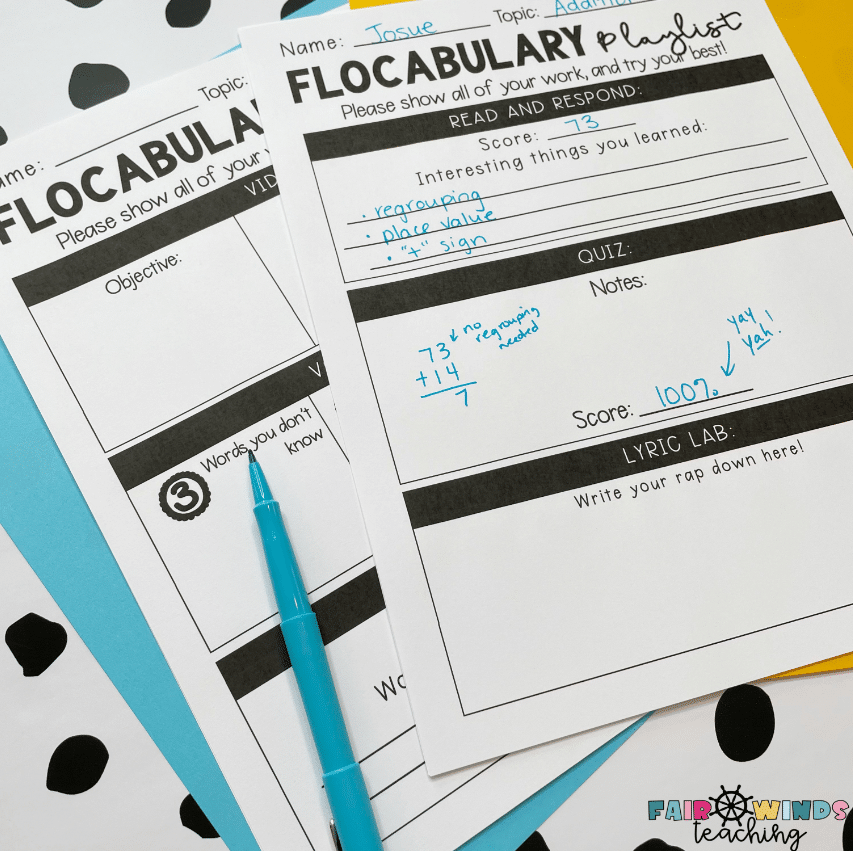
Next up… Video technology.
My student’s favorite tech tool is Flipgrid. This tool is a simple, free, and accessible video discussion experience for learners and families. You can start a discussion and engage students and their community with one click of a green plus sign. Your students get to add personalized touches by adding a selfie cover photo and stickers to help support the topic. To learn more about Flipgrid check out this super helpful Getting Started video.
I never let my students go live on Flipgrid unless they have planned out their script beforehand. I use these quick and easy templates to help them get organized and started. Grab these easy-to-print Flipgrid Video Templates here.
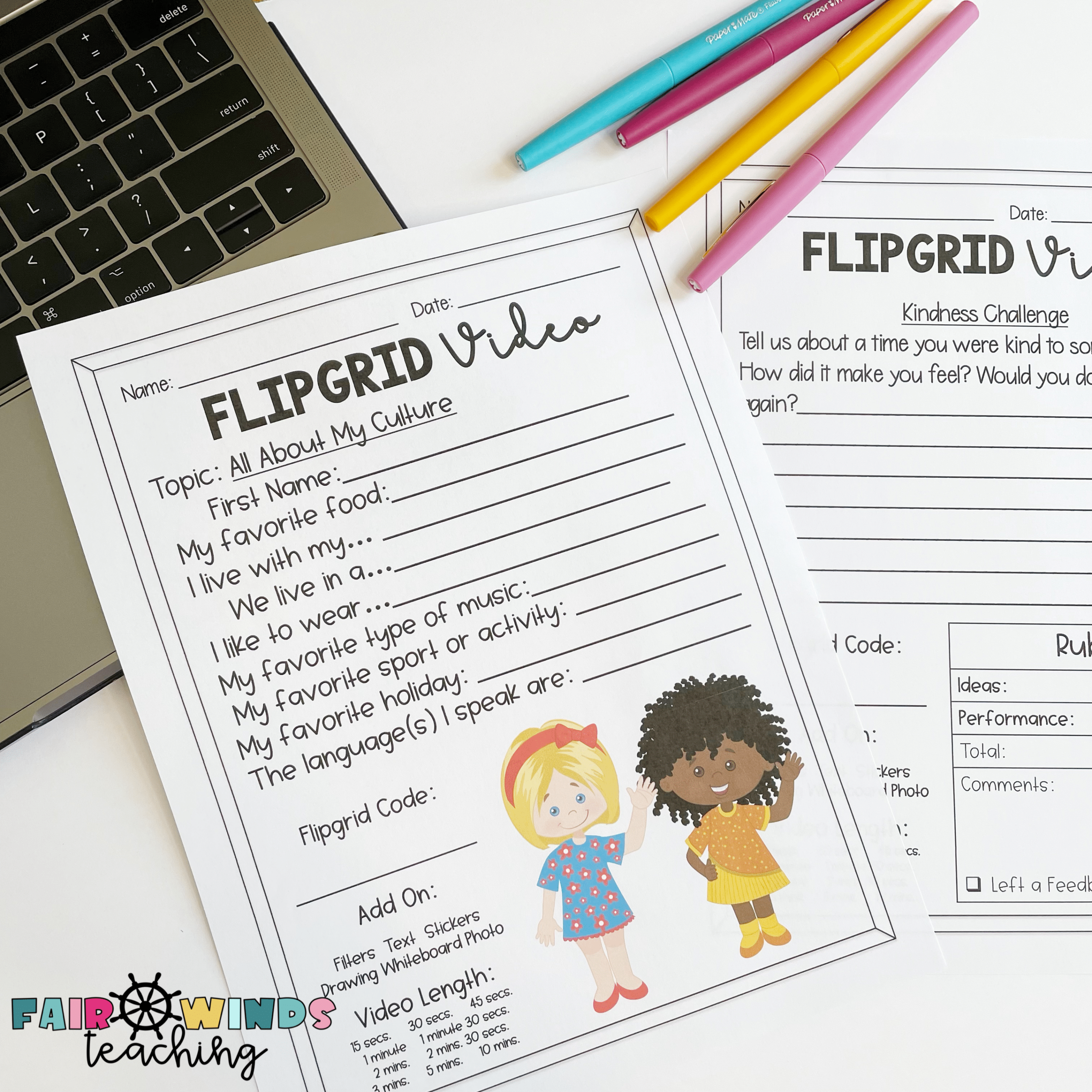
Another classroom pro tech tip, is to never let students use a new piece of technology for academic purposes first. They will not be engaged in learning the intended content or feel successful in learning how to use the new tech tool. Instead, ALWAYS onboard your students by having a fun intro activity to the tech tool/website. For example, have the students complete a building community activity such as Two Truths, One Lie using Flipgrid first. That way, they become familiar with the tool and not necessarily on the content at hand. This also allows the other students to watch their classmates’ videos and respond. All the practice is learning how to use the tech tool so that when it comes to your next lesson, they are ready!
Third in the queue… Reading!
When I want to add a reading component in my technology rotation, I look to the Book website to help provide my students with book collections curated for them on any topic. You can add books, audiobooks, video,s and read-aloud books to a collection and assign them to your students. I also want my students to be able to create their own collections of books. First, I have them create collections of hobbies and favorites to share with their classmates, and then I have them create book collections on topics we are currently researching. I use my Epic! books collection sheet to have them write down all the books they find on a topic.
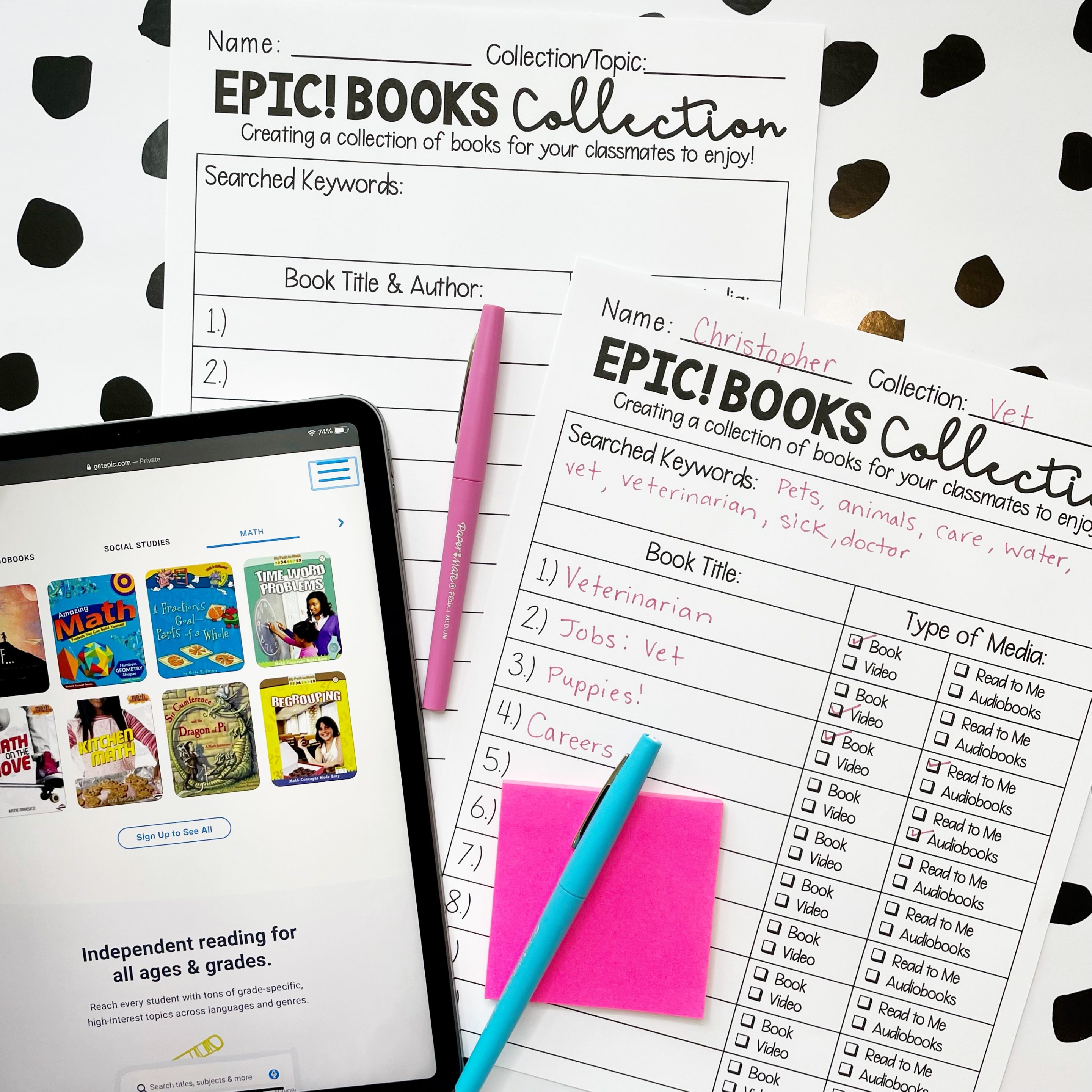
Using keywords and search tools are just a few essential skills students should learn about researching. Not to mention, Epic! books can help foster a love for reading and exposing them to all types of genres.
On to Assessments… yay!
There are so many amazing assessment tools out there, but I wanted to give examples of both high and low tech.
My new favorite tech tool is called Factile; this website has a free and paid version. As a teacher that NEVER pays for ANY tech tool, I love being able to have up to 5 teams for free. Here is a little trick to have your entire class be able to all play at the same time.
Split your class into 5 groups and assign a team leader to be the reporter of answers. Give every student a piece of blank paper and an invisible ink pen. I get the ones that have the black light on the top of the cap and I buy online in bulk and they last forever. Then the entire class writes down their answers to the assessment questions as we go and only the reporter turns in the answer. This way students can’t see each other’s answers and won’t be embarrassed to try each question. Pro tech in the classroom tip, you can use this trick with most of the online assessment tools.

Last but not least… a classic,
I know that most teachers have already heard of Kahoot!, however, I have been able to add a little spin on it. I am always looking for ways to give my students more control over their own learning, so why not have them create the Kahoot!?.
I have my students use this template (paper and digital option) to write their own Kahoot! Assessment questions for any topic. They have used this template for Science, two-step word problems, main idea comprehension questions, phonics and so much more. The sky is the limit with what they can create.
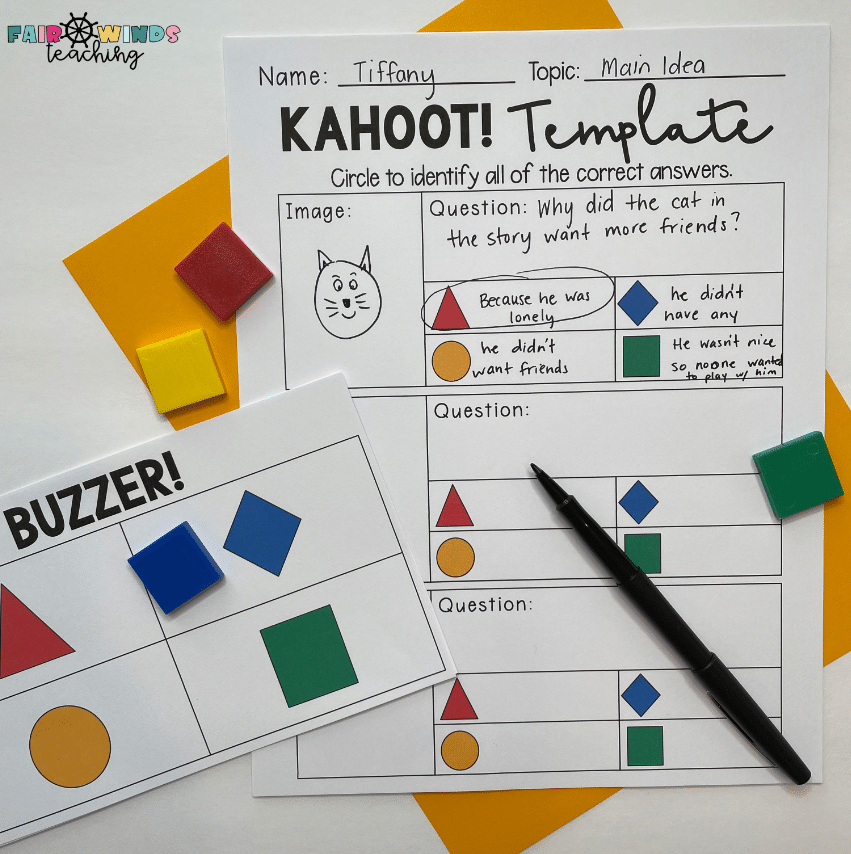
I also use my low-tech printable Kahoot! buzzers to allow the class to play on days we don’t have access to our devices. You can start an online assessment as a whole class on one teacher projector and have them tap their fingers on their decks to answer each question. I walk around the room with a clipboard to tally up an idea of the student’s understanding. You can find that Kahoot! Template and buzzer here!
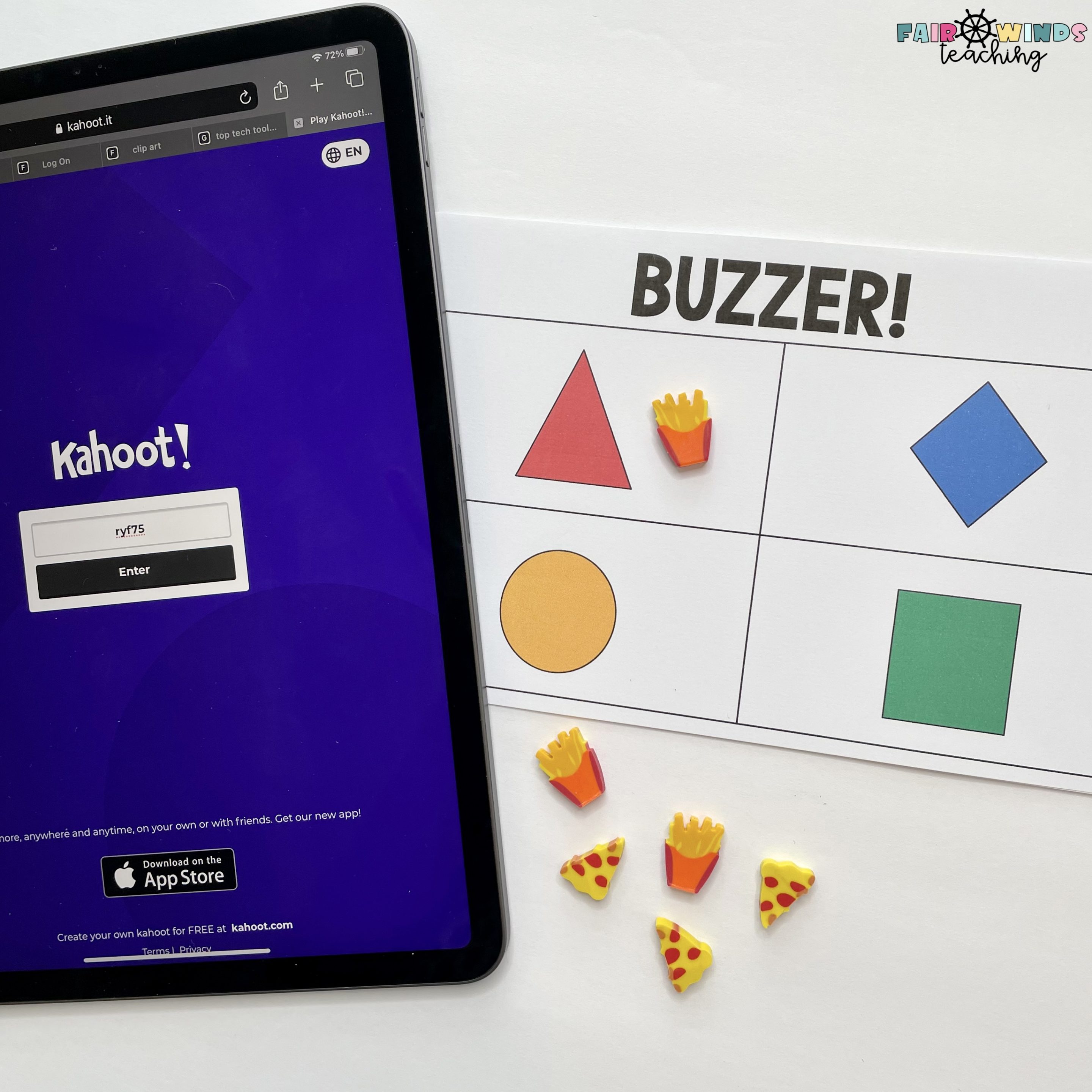
Don’t let barriers, like thinking ‘I’m not a “techy” person’ or ‘my school doesn’t have the technology available’, block you from trying a new tech tool in your classroom. I challenge you to try one new tech tool the first month of school. Let your students (and yourself) explore the tech tool first in a fun way, then dive right in with your content. You got this!

Casey Keyser is a third-grade teacher at Butterfly Ridge Elementary in Frederick County, Maryland. She was recently recognized as the national winner of the NEA Foundation’s 2021 Teaching in Excellence Award. Casey is the proud owner of the Education Resource Blog, Fair Winds Teaching, and loves to connect with her education community through her TeacherPayTeacher’s business.

by California Casualty | Auto Insurance Info |
It’s tempting to look when you drive by an accident. You slow down and glance back, taking your eyes off the road for a brief moment. It’s a practice called rubbernecking, and it is a form of distracted driving.
The term rubbernecking dates back to the late 1890s, to describe people who turned their heads to listen to other people’s conversations. By the early 1900s, rubbernecking was used to describe tourists striving to see everything from their seats in wagons, cars, and buses. Today, it is a term for motorists who slow down, craning their necks to see an accident, usually on the other side of the road.
Why do we rubberneck?
Blame it on our natural curiosity. Those flashing lights attract our attention. We may be concerned about the people involved in the accident. We want to find out what’s going on. We can’t seem to look away, a reaction that may be tied to our fight-or-flight instinct. Our brain is evaluating the threat.
While rubbernecking may be a natural response, it is not a safe one. Here’s what you need to know about rubbernecking, including how to keep yourself safe on the road.
Rubbernecking…
Is distracted driving.
-
- A glance away of just 5 seconds when you’re traveling 55 mph means you have traveled the length of a football field without looking at where you were going!
Delays your response time.
-
- When you take your eyes off the road, you miss seeing brake lights, traffic lights, and pedestrians. By the time you see them, it may be too late to avoid a car accident.
Causes accidents.
Can also cause traffic jams.
-
- Rubbernecking starts a chain reaction of braking, which slows everyone down even though there is no real barrier on the road ahead.
Tips to Prevent Rubber Necking
Follow these steps to keep you and your passengers safe.
-
- Keep your eyes on the road. Resist the urge to look.
- Turn on your blinkers so cars behind you know you are slowing down.
- Ask your passengers to refrain from rubbernecking or taking photos or videos of the accident. Their movements in the car to get a good picture could cause added distractions or a blind spot for you, the driver.
- Be extra careful driving by a crash. Know that other drivers may not be paying attention because they’re rubbernecking.
- If you don’t have to be on the road during busy times, you may be able to avoid the holiday traffic and the potential for rubbernecking.
Using crash screens can also help reduce rubbernecking. A University of Florida study found that screens that blocked the view of an accident were effective in reducing rubbernecking.
We are still in the 100 Deadliest Days, so remember as you get on the road this summer, travel safely. And if you see an accident, try your best to keep your eyes on the road ahead.
This article is furnished by California Casualty, providing auto and home insurance to educators, law enforcement officers, firefighters, and nurses. Get a quote at 1.866.704.8614 or www.calcas.com.


















